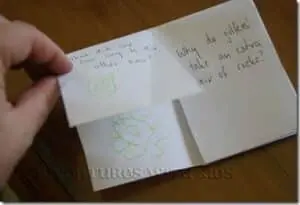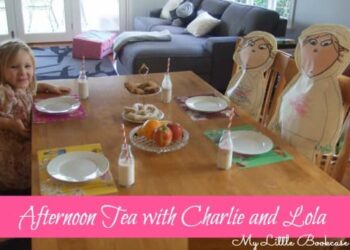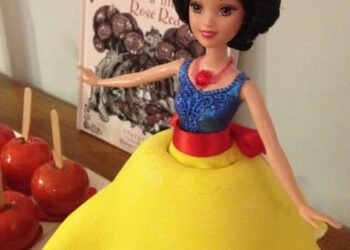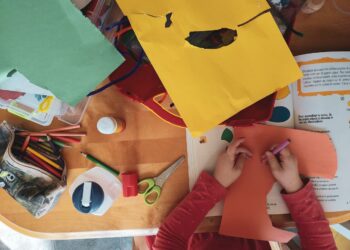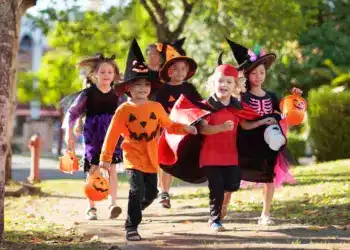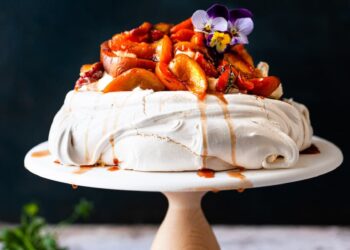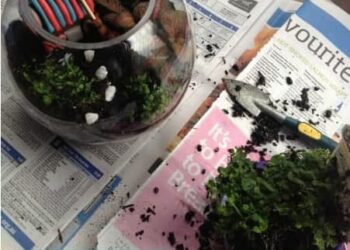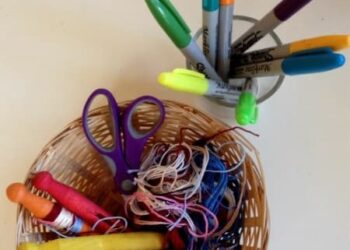Activity: Come In Spinner- An ANZAC game for kids
Today is ANZAC Day in Australia. It is the anniversary of our soldiers (along with those from New Zealand) landing at Gallipoli in 1915.-the first time our country had been represented in a major conflict. We commemorate these soldiers and those who have served our wonderful country since. So, as part of the 100 Days of Play Blog Hop, I wanted to share a variation of a game that has become synonymous with ANZAC Day.
Come In Spinner
This game is a child-friendly variation of Two-Up. You can find Returned Service Men and Women still playing Two-Up on ANZAC Day, to commemorate the simple game that Australian diggers played during times of war. Traditionally, Two-Up was a gambling game (made legal only on ANZAC Day)
There were many rules attached to this game concerning how high the coins were to be tossed, how many times the coins had to spin in the air, where the coins should land, and the type of coins used. To find out more about the ANZAC Game for Kids, visit The Australian War Memorial website
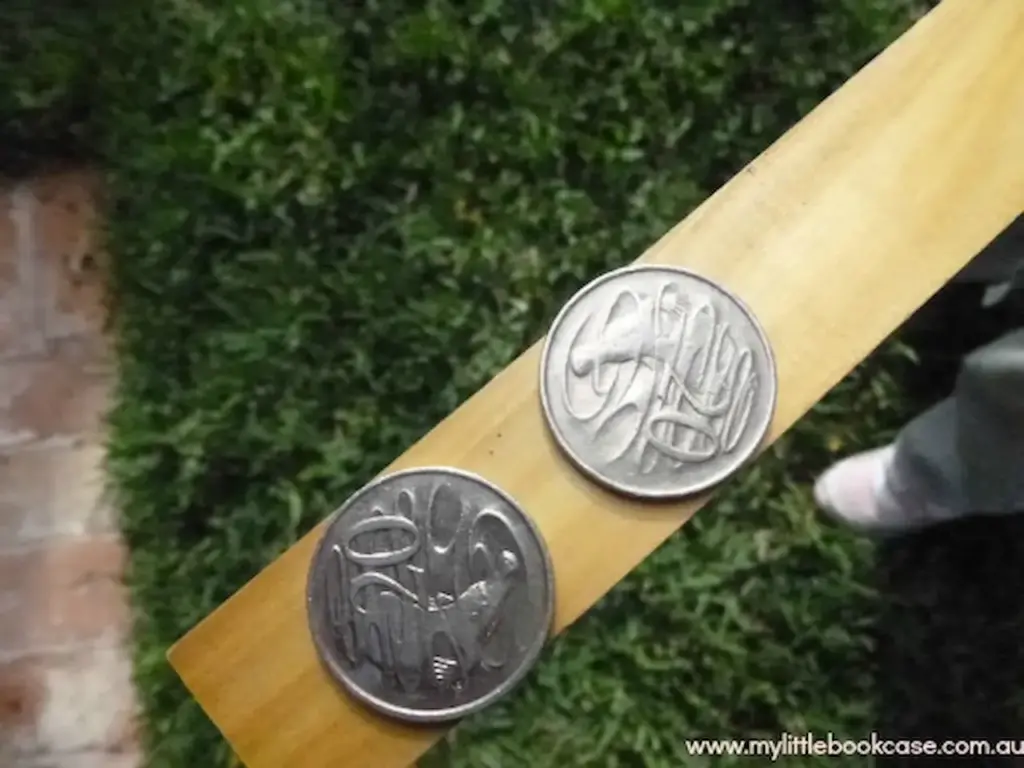
This variation is simply a fun game for children. There is certainly no gambling involved! Coins are only used as props, not for exchange 🙂
- The game provides children with a peek into the history of soldiers and how they spent their downtime
- It can get children up and moving
- Children can develop their balance and motor skills when playing the role of spinner.
- It can be used to explore chance, data, and prediction
You will need:
- A kip (a flat piece of timber) You could use a ruler, wooden spoon, or piece of timber
- Two identical coins
No. of Players:
2-101
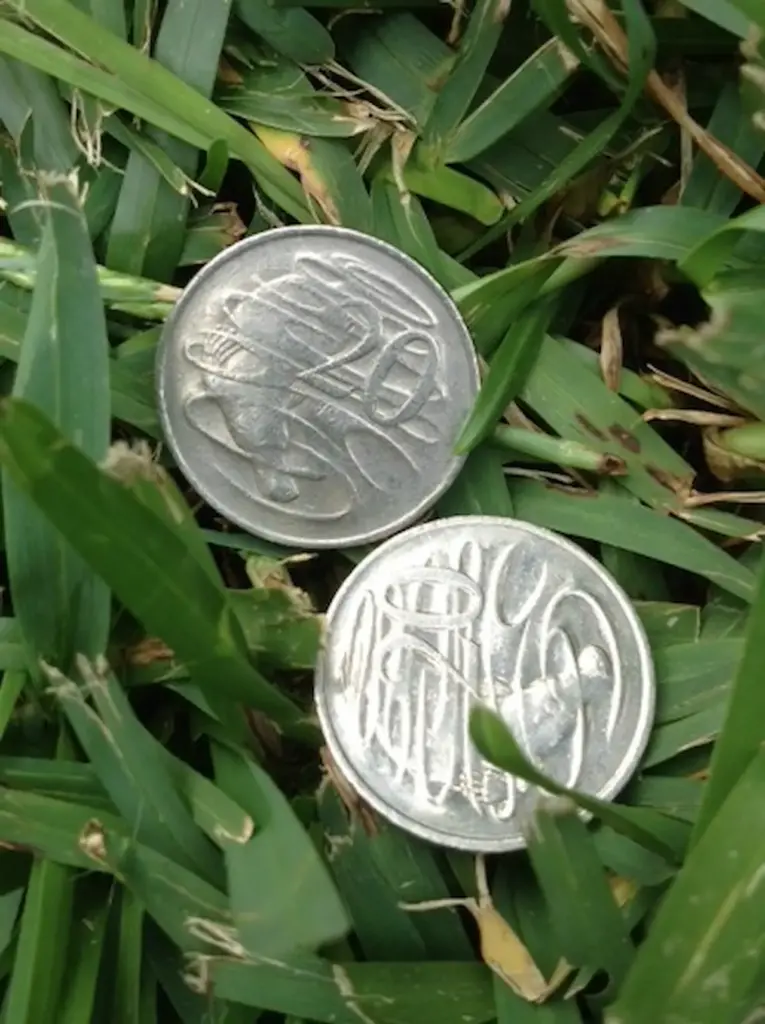
How to play:
1. Select a ‘spinner’ who will toss the coins into the air.
2. The spinner must place the two coins on the kip (tails facing up)
3. Players then predict how the coins will land by striking a pose (of which there are 3 options)
a) A Pair of Heads (Player places both hands on their head) OR
b) A Pair of Tails (Player places both hands on their buttocks) OR
c) Odds (Player places one hand on their head and one on their buttock)
4. When all players have made their prediction, the spinner tosses the coins into the air. For a bit of fun, players can call out, ‘Come in spinner’ (This is a term diggers would call out)
5. Once the coins have landed, the spinner calls out the results
6. Players who predict incorrectly are eliminated from the game. The players who predict correctly remain in the game
7. Repeat the coin tossing until there is one player left standing.
Going further:
- Talk about the probability of toss outcomes (Heads 25%, Tails 25%, Odds 50%)
- Use words to describe the probability of each outcome (likely, unlikely, probably, possibly, etc.)
- Use fractions/percentages to describe the probability of outcomes (e.g 25% or 1/4)
- Test the probability. Keep a tally of each coin toss and record the results using fractions.
Try reading these books with your children to learn more about ANZAC Day:

Early Years Framework and National Curriculum Learning Outcomes:
- Children develop a range of skills and processes such as problem-solving, inquiry, experimentation, hypothesizing, researching, and investigating (The Early Years Framework)
- Days and weeks celebrated or commemorated in Australia (including Australia Day, ANZAC Day, Harmony Week, National Reconciliation Week, NAIDOC Week, and National Sorry Day) and the importance of symbols and emblems. (ACHHK063)-3
- The impact of changing technology on people’s lives (at home and in the ways they worked, traveled, communicated, and played in the past) (ACHHK046)
- Identify outcomes of familiar events involving chance and describe them using everyday language such as ‘will happen’, ‘won’t happen’, or ‘might happen’ (ACMSP024)
- Identify practical activities and everyday events that involve chance. Describe outcomes as ‘likely’ or ‘unlikely’ and identify some events as ‘certain’ or ‘impossible’ (ACMSP047)
- Conduct chance experiments, identify and describe possible outcomes, and recognize the variation in results (ACMSP067)
- List outcomes of chance experiments involving equally likely outcomes and represent probabilities of those outcomes using fractions (ACMSP116)
- Describe probabilities using fractions, decimals, and percentages (ACMSP144)



